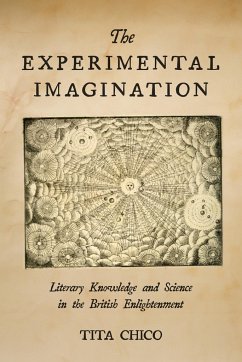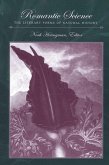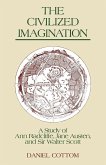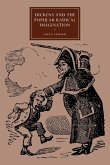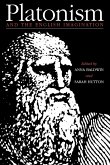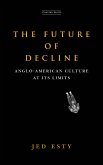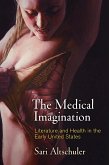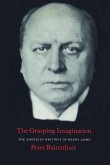This book shows how British Enlightenment writers and thinkers used science as a metaphor to reconfigure evidence and authority, to reimagine the self and society, and to present literary knowledge as a form of truth.
Hinweis: Dieser Artikel kann nur an eine deutsche Lieferadresse ausgeliefert werden.
Hinweis: Dieser Artikel kann nur an eine deutsche Lieferadresse ausgeliefert werden.

